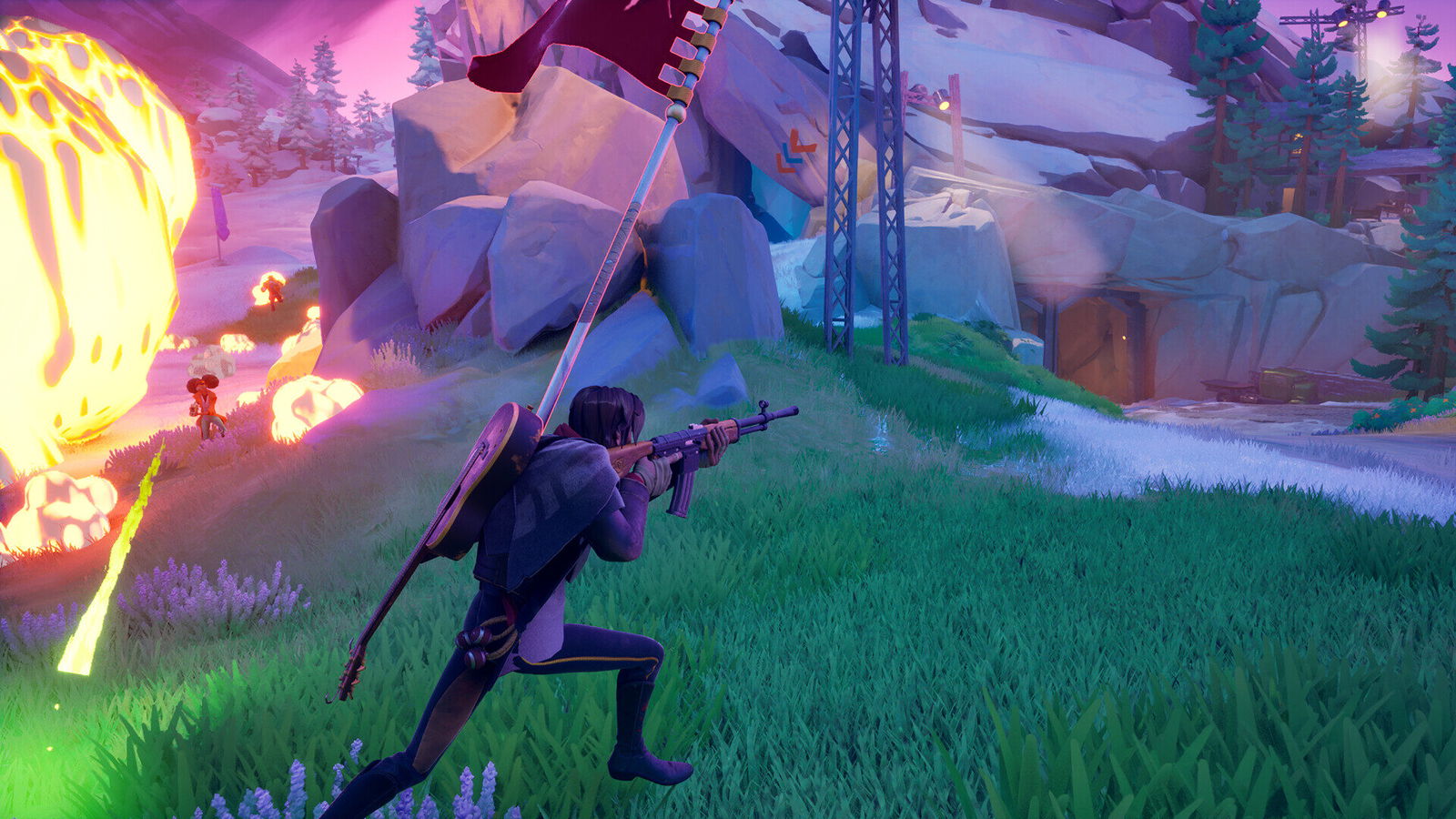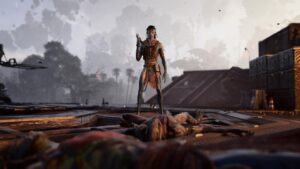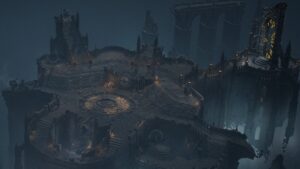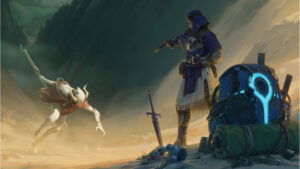When I was presented with a preview opportunity for Last Flag, I’ll admit I was skeptical. Based on the initial pitch I had read, I wondered if a game based solely around “Capture the Flag” would have legs strong enough to support its weight. Look, I grew up playing Halo, and I love a good game of Capture the Flag as much as the next guy, but I didn’t think I’d play a game where that was the only game mode.
But once I sat down with the team at Night Street Games to get a little rundown of the game and play a couple of rounds, my opinion changed fast. “It’s capture the flag,” said Co-Founder and CEO of Night Street Games, Mac Reynolds. “It’s trying to kind of recreate that childhood experience of actual hiding and fighting in the forest, in a way that we got a taste of with some of our favourite CTF game modes, but never really saw evidence of a full Capture the Flag game.”
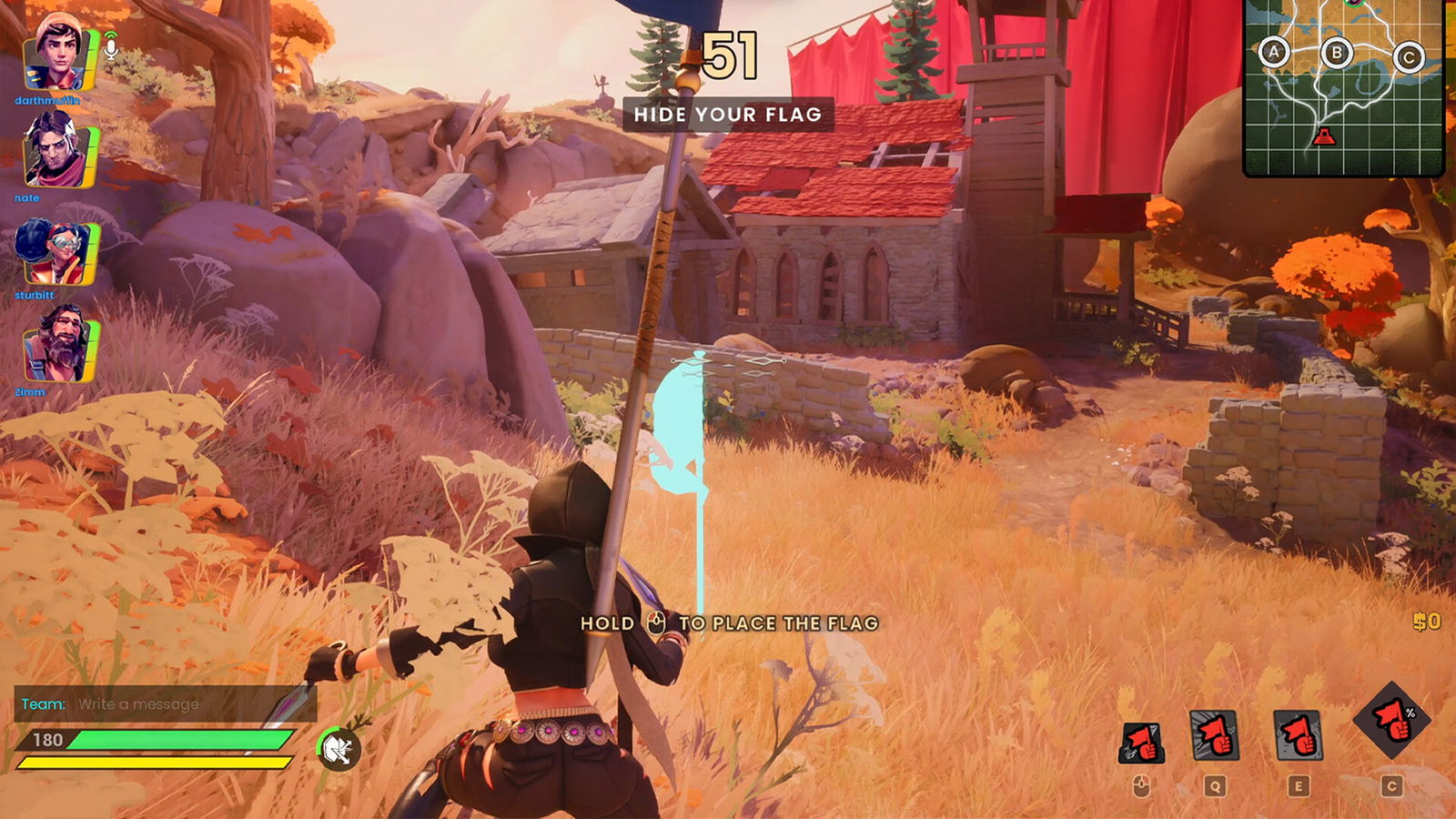
If you’re like me and never grew up playing Capture the Flag in your local forest, then you may come off thinking it’s a simple premise. But in truth, it’s a deceptively simple premise that works to make Last Flag both very challenging and very fun. Players begin by hiding their flag somewhere on half of the map, depending on where they start. After 30 seconds of hide time, players need to get hunting—both for their opponents’ flag and their opponents themselves.
While players can achieve this in the traditional sense by combing every pixel of the map, there is a more strategic, albeit dangerous element to Last Flag’s gameplay. On each map will be three radio towers that players will need to capture and defend. Maps are kind of divided into three sections, and for every 30 seconds a tower is held, it eliminates a square of the map where the Flag is not. So in reality, it’s more of a blend of Capture the Flag and Capture the Zone.
But Last Flag isn’t your standard capture the flag in the same way Halo or earlier FPS games were. The game is fleshed out by a unique cast of characters, each with distinctive designs and functions during each battle. The class types are fairly archetypal—you’ve got your tank, your rogue, your healer, mechanic, etc—and while every character is primarily action-focused, they do add an interesting layer of strategy to how you play.
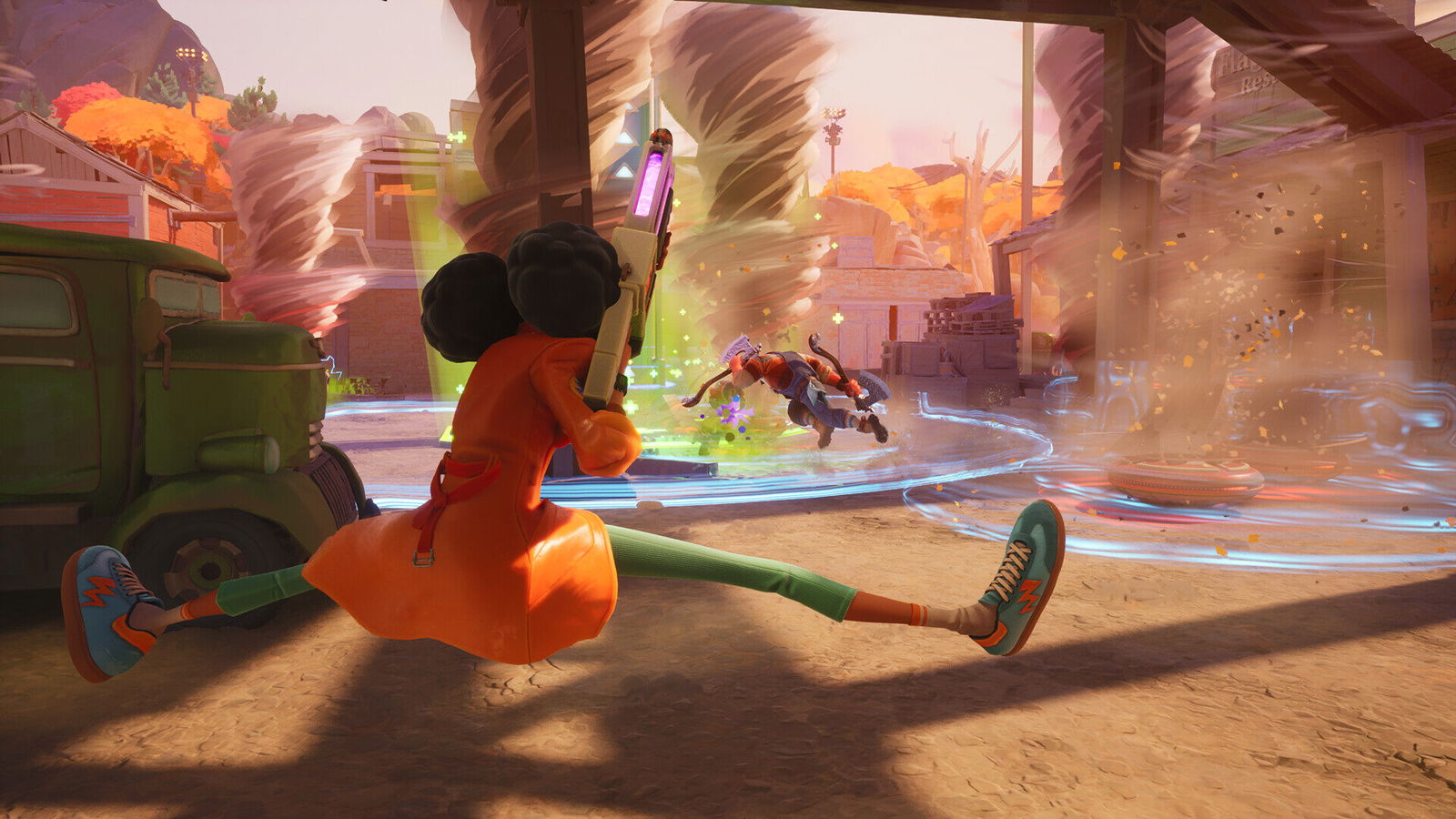
Being CGM’s resident Ninja, naturally, my first choice with the stealth-based (and somewhat Ninja-looking) Shin Soo-Jin. I initially figured she’d be equipped with an invisibility sneaking ability and potentially an insta-kill stealth attack. And while my first instinct was correct, how Shin Soo-Jin worked was actually pretty neat—functioning more as a fast-paced sneaker who was meant to get in close, cause chaos and confusion and get out just as quick.
While she could temporarily turn invisible without sacrificing speed, she could also utilize a quick flash jump and a special ability to set a temporary portal somewhere on the map where both she and teammates can jump in and out of. And while her main attack is melee, she can utilize a multi-knife throw for rapid damage buildup. It was incredibly interesting to see a stealth-based character that was being utilized more for disorientation than espionage in a game like this, but her stealth abilities did make her incredibly useful when combing the map for the opponents’ flag.
“While it’s still early, and there’s lots of room for it to grow, Last Flag is looking like an incredibly fun multiplayer experience.”
Furthermore, much like other team-based games, players can change their character after being wiped, so there’s always a solid sense of freedom to adapt to a situation if your character isn’t working in the moment. But Night Street Games has implemented a unique upgrade system into Last Flag that adds an interesting layer of consideration to each match.
Players need to spend money on upgrades to enhance their characters’ abilities—upgrades remain across every character—and in order to do that, they’ll need to kill relatively harmless NPC Cashbots that spawn around the map. Money gained is shared across the whole team, but money spent is individual, so there’s an incentive to help the team by doing a little bit of money grinding. It creates an interesting layer of depth in how teams coordinate and communicate.
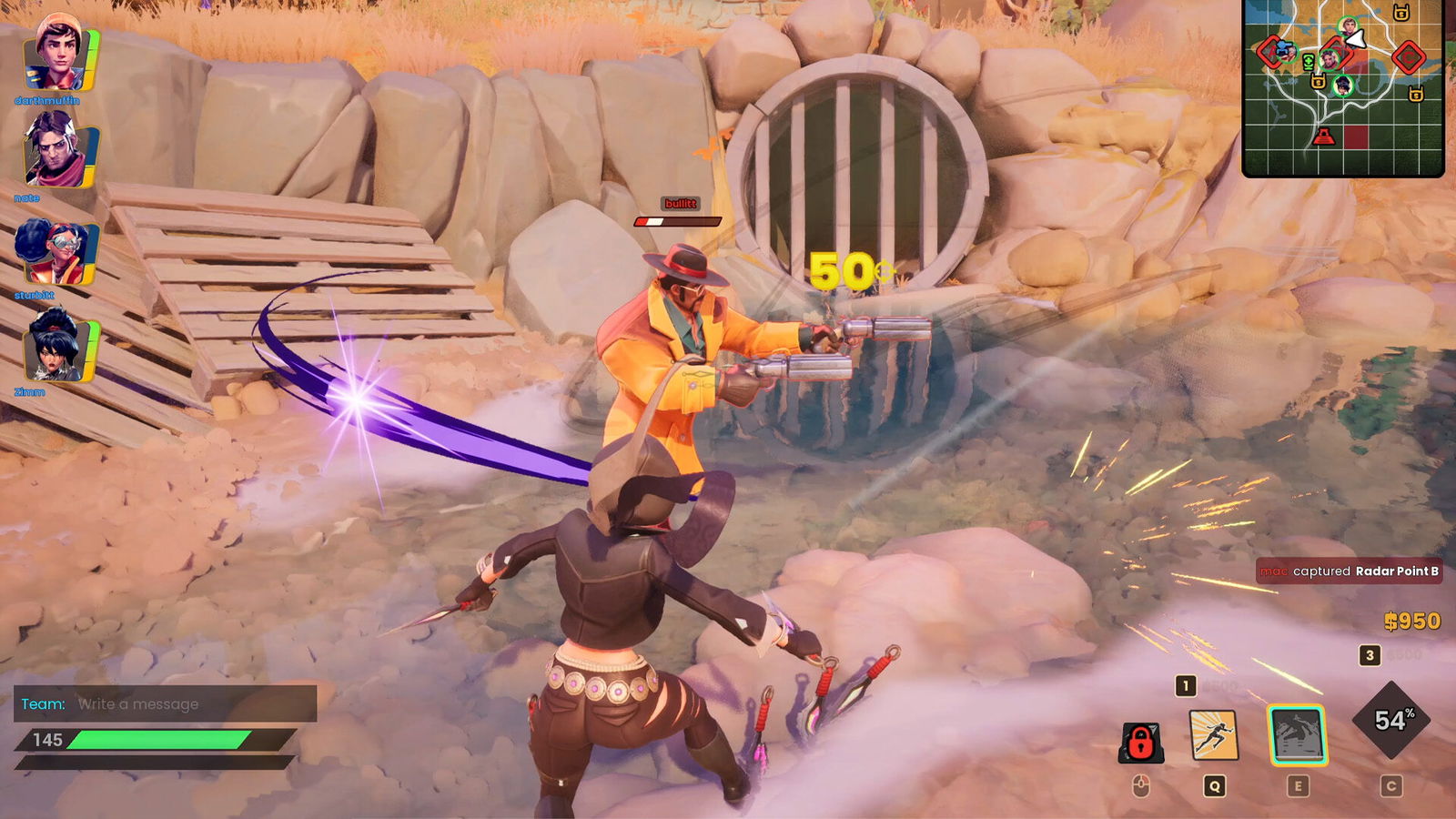
It all works together to create something chaotic and incredibly fun. And while the standard mode of play is engaging in its own way, I was curious to know if Last Flag would ever implement a more traditional CTF mode. Reynolds responded, “We’ve played and loved tons of CTF game modes over the years in games like Halo. Although I wouldn’t want to write off anything as impossible, we’re focusing first on what makes Last Flag different.”
Reynolds went on to say, “We think of our game as capture the flag first, shooter second. So future game modes will likely lean in on those differences—what makes our game feel fresh and new, rather than trying to retread well-worn designs that players have already experienced before.”
While it’s still early, and there’s lots of room for it to grow, Last Flag is looking like an incredibly fun multiplayer experience. I never would have guessed that the lead guitarist of Imagine Dragons and his brother would bring together a team to create such a unique game, yet here it is.
Last Flag is available to wishlist on Steam, and a tentative 2026 release date has been set for the game.
